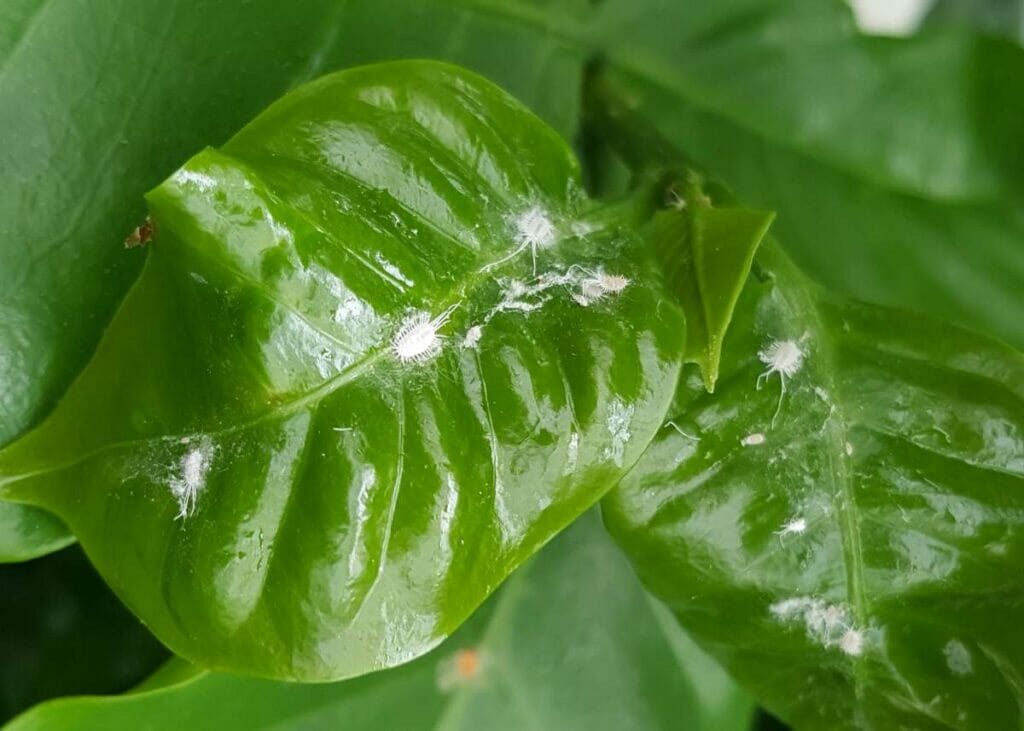Mealybugs are notorious pests that can wreak havoc on a variety of plants, particularly succulents and cacti. Recognizing the early signs of mealybug infestation is crucial to maintaining the health of your plants. In this article, we will delve into the initial indicators of mealybug presence, effective methods for eradication, and proactive measures to prevent future infestations.
Understanding these pests is the first step in protecting your beloved plants. With their soft bodies and waxy exoskeletons, mealybugs can go unnoticed until a significant infestation occurs. Many plant owners discover them only after extensive damage has been done. Thus, vigilance is key when it comes to recognizing their early signs.
Identifying Early Signs of Mealybug Infestation
Mealybugs blend in well with the plants they infest, making them hard to spot. However, experienced plant keepers will notice specific indicators that signal their presence:
Sticky Residue
One of the most conspicuous signs of mealybug activity is the presence of a sticky substance known as honeydew. As mealybugs feed on plant sap, they excrete this sugary fluid, which can coat leaves and stems. Honeydew not only creates a nuisance but can also lead to the growth of sooty mold, further hampering photosynthesis. If you notice this sticky film on your plants or in nearby areas, inspect your plants closely for potential mealybug populations.
White, Cottony Clusters
The most apparent sign of mealybug infestation is the presence of white, cotton-like clusters on your plant. These are actually the mature female mealybugs, which secrete a waxy protective coating. They can often be found in the leaf axils, on stems, or near the roots. Inspecting your plants regularly, especially in hidden areas, can help catch these pests before they multiply.
Yellowing or Wilting Leaves
Another indicator of mealybug infestation is yellowing, wilting, or dropping leaves. As mealybugs suck the vital nutrients from the plant sap, they rob the plant of its nourishment, leading to these distress signals. This can often escalate, resulting in severe growth stunting or even death if left untreated. If some of your plant’s leaves are showing signs of distress, it is paramount to conduct a thorough inspection for mealybugs.
Effective Treatment Methods for Mealybug Infestation
Upon confirming a mealybug infestation through these early signs, immediate action is necessary to reclaim the health of your plants. Here are some proven methods of treatment:
Manual Removal
If the infestation is minimal, manual removal of mealybugs can be effective. Using a cotton swab dipped in rubbing alcohol can aid in the eradication process. Carefully dab the swab directly on the mealybugs; the alcohol will dissolve their protective coating and kill them instantly. This method is labor-intensive but works well for small quantities of pests.
Insecticidal Soap
For more significant infestations, insecticidal soaps can be an excellent option. These products work by suffocating the mealybugs, disrupting their cellular structure. Ensure that the soap you choose is safe for the type of plants you possess. Dilute the solution as per the manufacturer’s instructions and spray it directly onto the affected areas, paying attention to the undersides of leaves where pests often hide.
Neem Oil
Neem oil, derived from the seeds of the neem tree, is a potent organic pesticide that can disrupt mealybug life cycles. It acts as an insect growth regulator, preventing maturation and reproduction. Mix the neem oil with water and a few drops of dish soap to help it emulsify. Apply the solution to affected plants, making sure to cover all surfaces thoroughly. This solution is not only effective but also environmentally friendly.
Preventing Future Infestations
Once the mealybugs are under control, focusing on prevention will help ensure that they do not return.
Routine Inspections
Developing a habit of routinely inspecting your plants is crucial. Look for signs of mealybugs, and always check for pests when bringing new plants into your collection. Quarantine any new plants for a couple of weeks to monitor for pests before introducing them to your other plants.
Maintaining Plant Health
Keeping your plants healthy is another line of defense against mealybug infestations. Well-nourished plants can often withstand pest attacks better than stressed ones. Ensure proper light, water, and fertilization conditions for optimal growth. A robust plant has a greater capacity to resist pest damage.
Keeping Your Environment Clean
Removing debris and dead leaves around your plants can deter mealybugs and other pests. A tidy environment makes it less conducive for pests to thrive. Regular cleaning also helps maintain the overall health of your plant ecosystem.
In conclusion, early detection of mealybugs is vital for effective management. By familiarizing yourself with the early signs of infestation, applying appropriate treatments, and taking preventive steps, you can protect your precious plants from the destructive effects of mealybugs. A proactive approach ensures that your plant collection remains healthy and vigorous, free from the interference of these unwelcome pests.





Leave a Comment